Digital Growth and Innovation: Key Techniques, Strategies

Digital Growth and Innovation: In today’s fast-paced digital world, the success of any business depends heavily on how well it can grow and innovate in the digital space. From digital growth hacking techniques to digital innovation in business, understanding these concepts is crucial for staying ahead of the competition. Whether you’re a seasoned marketer, a […]
Top 5 Free AI Design Tools: Boost Your Creativity

Top 5 Free DesignsAI Tools: Boost Your Creativity Did you know that over 70% of designers feel more productive with AI tools? These tools have changed the game for creatives. They help me make unique designs fast and keep my workflow smooth. This lets me spend more time on the fun parts of designing. I’m […]
The Ultimate Guide to Freelance Digital Marketing
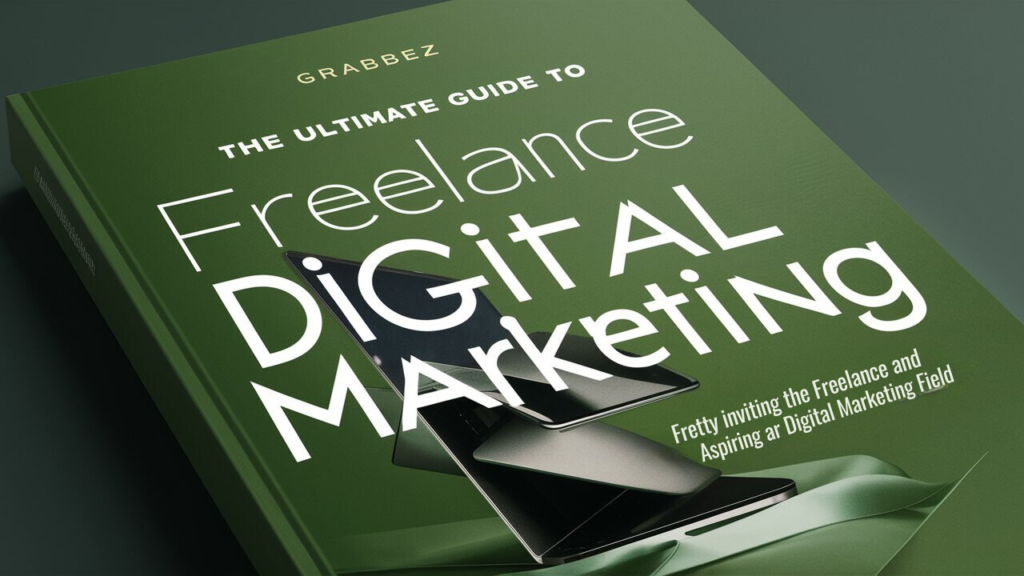
The Ultimate Guide to Freelance Digital Marketing Introduction n today’s digital age, the landscape of marketing has undergone a paradigm shift. Traditional marketing methods are being replaced by innovative digital strategies that offer unparalleled reach and effectiveness. One such avenue is freelance digital marketing, a burgeoning field that allows individuals to leverage their expertise and […]
Exploring the Depths of Graphic Design: A Comprehensive Guide

Exploring the Depths of Graphic Design: A Comprehensive Guide Introduction Graphic design is a dynamic and multifaceted field that permeates nearly every aspect of modern life. From the logos on our favorite products to the billboards lining our highways, graphic design plays a vital role in shaping how we perceive and interact with the world […]
Discover Non-Creative Thinking Exercises Entrepreneurs Should Avoid

which of the following is not a creative thinking exercise entrepreneurs use to generate ideas? Introduction Graphic design is a dynamic and multifaceted field that permeates nearly every aspect of modern life. From the logos on our favorite products to the billboards lining our highways, graphic design plays a vital role in shaping how we […]
Mastering UI/UX Forums
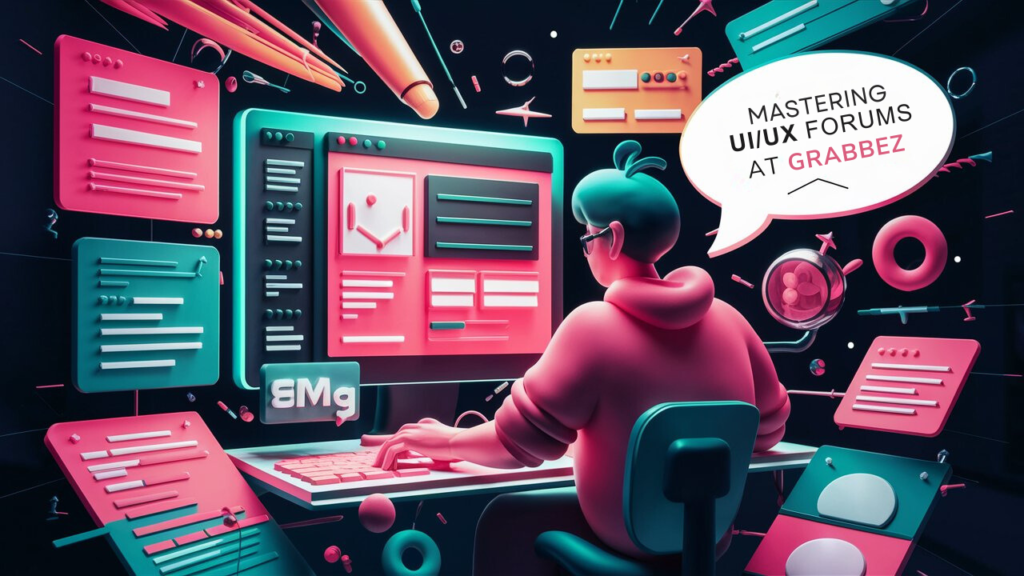
Mastering UI/UX Forums: A Roadmap to Entrepreneurial Triumph Introduction: Pioneering the Digital Frontier In the dynamic landscape of the internet, where user engagement reigns supreme, the fusion of user interface (UI) and user experience (UX) holds the key to unlocking entrepreneurial success. As we navigate through this digital terrain, it becomes increasingly evident that leveraging […]
Unveiling the Potent Strategy of Hyperlocal Social Media Marketing
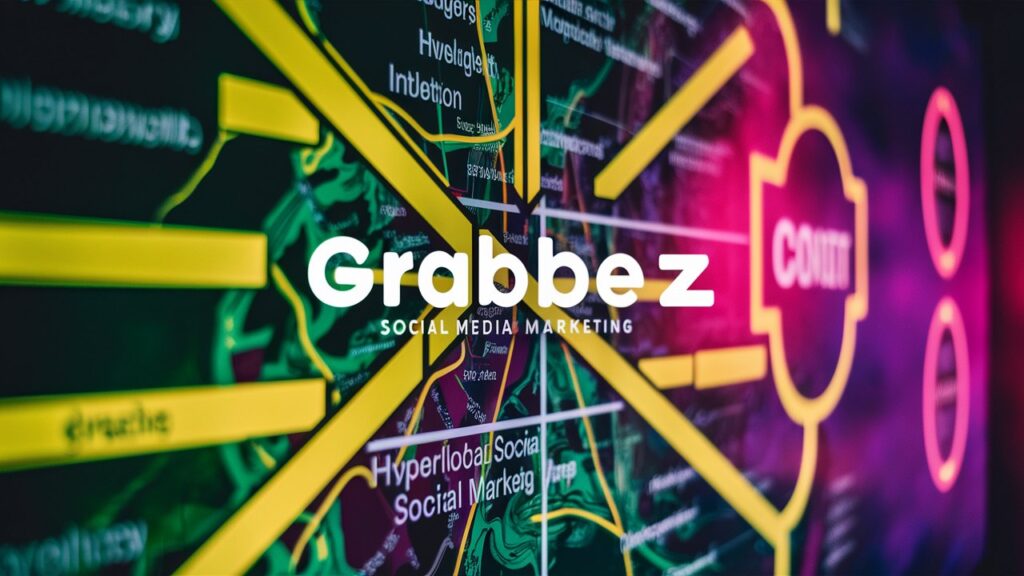
Unveiling the Potent Strategy of Hyperlocal Social Media Marketing In today’s ever-evolving digital landscape, social media marketing stands as a cornerstone for businesses seeking to engage and connect with their target audience. Amidst the myriad of strategies and approaches lies an often underestimated gem – hyperlocal social media marketing. This method delves deep into engaging […]
Exploring the World of Web Development: Understanding Different Types of Websites
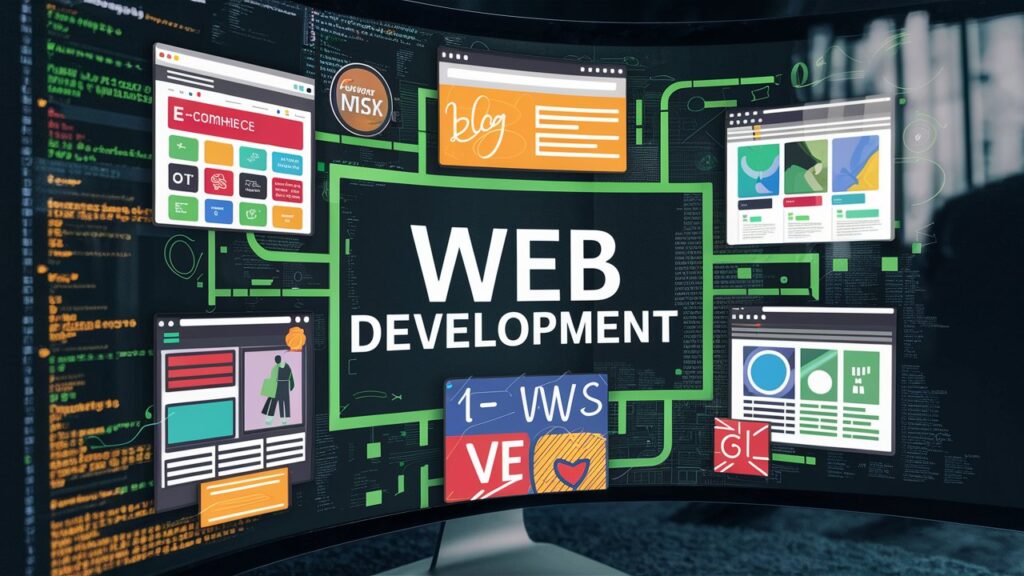
Exploring the World of Web Development In the vast landscape of the internet, websites come in various shapes and forms, each serving different purposes and catering to diverse audiences. Understanding the different types of websites is crucial for anyone embarking on a journey into the realm of web development. Let’s delve into this fascinating world […]
Maximizing Your Online Presence with Expert PPC Management Services
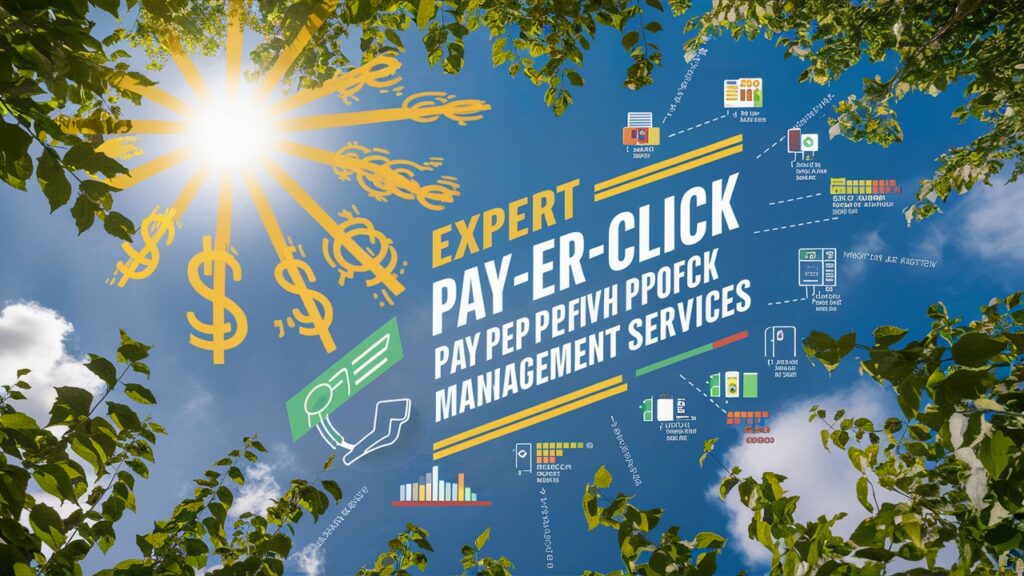
Maximizing Your Online Presence with Expert PPC Management Services Introduction In today’s competitive digital landscape, PPC management has become indispensable for businesses striving to enhance their online visibility and drive targeted traffic to their websites. This comprehensive approach to Pay-Per-Click advertising requires strategic planning, meticulous execution, and continuous optimization to deliver optimal results. Understanding the […]
The Secrets of Graphic Design: A Comprehensive Guide

The Secrets of Graphic Design: A Comprehensive Guide Introduction In the digital age where visual communication reigns supreme, graphic design emerges as an indispensable tool for conveying messages, shaping brands, and capturing attention. From the sleek logos that adorn our favorite products to the captivating advertisements that adorn our screens, graphic design permeates every aspect […]

